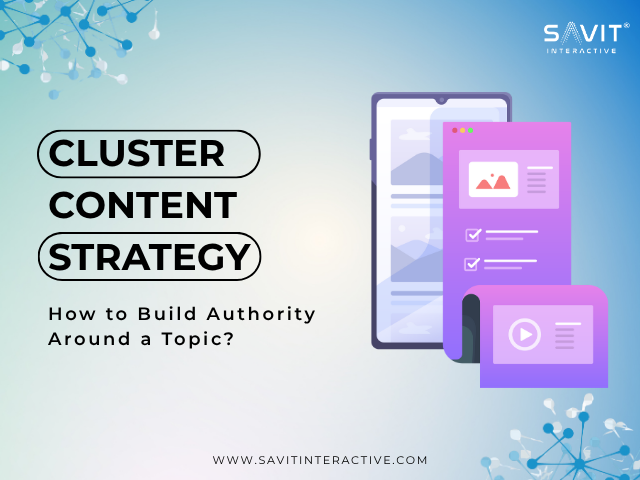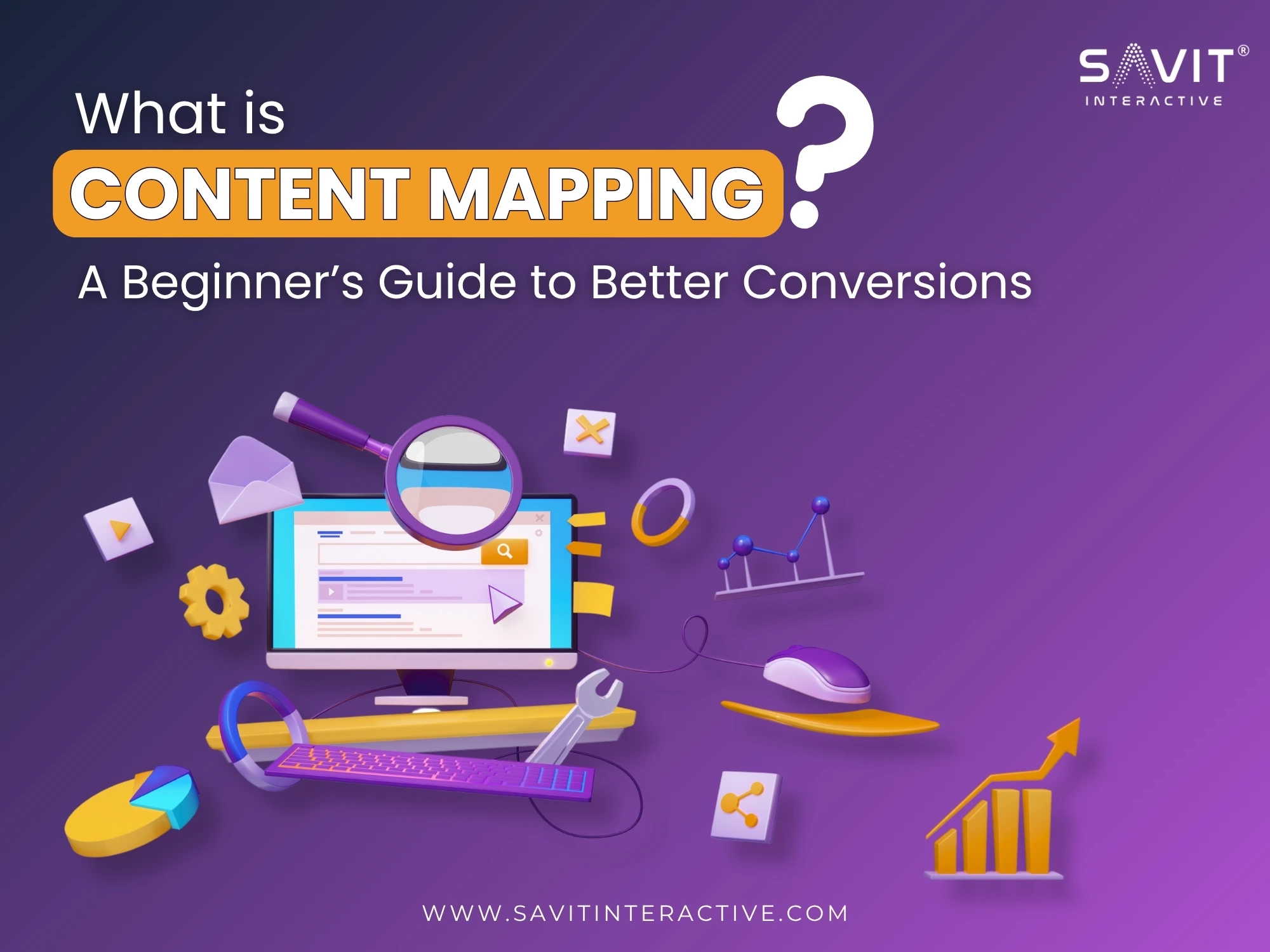Introduction
Businesses often worry when their website traffic drops. There could be several reasons for this, like changes in algorithms, technical website errors, or not reaching the right audience. But there’s one solution to all these problems: a solid SEO strategy. By optimizing your website, you can attract the right audience interested in your niche services.
There are many ways to increase organic traffic, each requiring different methods and focusing on essential aspects. To overcome the struggle of low traffic, our SEO Company in USA has prepared this blog to introduce you to a few strategies that can boost your website’s visibility and attract more visitors.
What is the importance of SEO?
When a user searches their query on a search engine, they are presented with the most relevant searches to answer their question. But out of all millions of websites putting content every day for the search query, how are search engines able to put forward the most accurate results? The answer is: Search engines rank websites higher in search results when they are more relevant to certain search phrases or questions.
Organic website traffic, refers to the number of people visiting your site through search engine results. To funnel this traffic, you must stand out among competitors and rank high in search results. You need a specific SEO strategy that fits your business niche to achieve this.
Ultimately, rather than simply increasing the number of visitors on the website, businesses are more interested in converting them into leads. Organic traffic helps attract a targeted audience who is genuinely interested in the products or services offered by your company. This means businesses should primarily aim to achieve higher rankings for the search phrases and keywords commonly used by users in their niche-specific search queries.
To gauge the importance of SEO traffic, consider this checklist: How do you know if your SEO efforts are successful? If your website is receiving the desired amount of organic traffic, it likely indicates that your SEO strategy has achieved the following objectives:
- Visibility: Your website is being seen by a significant number of users who are actively searching for information related to your products or services.
- Relevance: The traffic coming to your site is likely interested in what you offer, indicating that your content aligns well with their needs and interests.
- Credibility: Higher organic traffic often indicates to search engines and users that your website is reputable and trustworthy, as it’s being frequently visited and engaged with.
- Potential Conversions: With more visitors coming to your site, there’s an increased opportunity for converting them into leads, customers, or subscribers.
- Cost-effectiveness: Organic traffic is typically more cost-effective than paid methods, as it doesn’t require ongoing payments for each visit to your site.
However, if you haven’t attained these factors, you must find effective ways to comply with them.
How SEO Generates Website Traffic
Now that we have understood the benefits of SEO, let’s explore how it generates organic traffic:
1. Standing out in the SERPs
For businesses aiming to attract online visitors and turn them into leads, one of the fundamental goals is to increase relevant traffic. The larger the influx of traffic, the better the chance of securing a consistent flow of leads. Achieving this goal requires making your presence felt by search users through your dominance in the SERPs (Search Engine Results Pages). But why do organic traffic and business appear in the same conversation?
The click-through rate (CTR) for services pages on SERPs (search engine results pages) depends on their ranking. Here’s the breakdown according to a study from 2023:
- Position 1: 20.5%
- Position 2: 13.32%
- Position 3: 13.14%
- Position 4: 8.98%
- Position 5: 9.21%
- Position 6: 6.73%
This means that the higher a page appears in the search results, the more likely people are to click on it. As you can see the substantial difference in the amount of clicks the 1st position gets, with a CTR of 20.5%, while the 6th position gets clicked the least, with a CTR of 6.73%.
By standing out in the SERPs, businesses can increase their visibility, leading to more clicks to their website. With more clicks, there’s a greater opportunity to convert these visitors into potential leads. As the number of leads grows, so does the potential for revenue expansion.
2. Long-term brand visibility
Long term brand visibility allows companies to shape their targeted consumer’s perceptions and behaviors. Human psychology dictates that repeated exposure to a brand fosters a sense of familiarity and trust. When a brand consistently shows up at the top of search engine results pages (SERPs) thanks to effective SEO strategies, users naturally perceive the business as a trusted and authoritative leader in its industry.
This repeated visibility not only enhances brand recognition but also reinforces credibility in the eyes of consumers. This positive reinforcement strengthens the brand’s image and positions it as the preferred choice among competitors.
Building long-term brand visibility through SEO creates a strong bond with your desired audience. When your brand consistently shows up in front of users looking for answers or solutions, it becomes closely associated with fulfilling their needs. This fosters trust and loyalty, establishing your brand as the top choice for the services sought by targeted search users.
3. Ways to increase Website Traffic
SEO techniques involve a process that covers all aspects of a website on the worldwide web. This includes how it functions, how it appears to users and search engines, its reputation on other platforms, and more. Your SEO to-do list needs to address these factors. According to our team at Savit Interactive, here are the key tasks you should focus on:
Keyword Optimization
Make sure your content includes the appropriate keywords that match what your target audience is searching for. These are the words and phrases they use when looking for answers to their questions. Strategically add these keywords into your website content, including titles, headings, meta descriptions, and the main body of text.
Quality Content Creation
Produce high-quality, engaging content that provides value to your audience. This list can include – blog posts, articles, infographics, and more. Content that is informative, entertaining, and relevant is more likely to attract organic traffic and encourage repeat visits.
On-Page Optimization
On-Page SEO actions involve optimizing the content published on a specific webpage.
- Keyword optimization: Make sure to incorporate the keywords people often use in their search queries into your content. Think about what your audience is likely to type into a search engine.
- Title tags: Give each page a unique and catchy title that includes important keywords. This helps search engines understand what your page is going to convey.
- Meta descriptions: Write brief, engaging summaries of your content for users and search engines crawlers. Include relevant keywords to attract clicks.
- Heading tags: Use headings to break up your content and make it easier to read. Include the targeted keywords where they fit naturally.
- Image optimization: Use descriptive file names and alt text for your images. This helps search engines understand what the images are about.
- Internal linking: Link to other pages on your website where it makes sense. This helps search engines find and index all your content.
Off-Page Optimization
Off-page SEO enhances website visibility in search engines through several actions without altering website content directly. Those activities include:
- Number of Referring Domains: Link other websites back to yours which operate within a similar niche of interest for higher domain authority and ranking.
- Link Authority: For credibility and relevance, choose backlinks from authoritative websites.
- Anchor Text: The keyword used for interlinking should align with your industry to establish reliability as a business.
- Brand Mentions: Brand mentions can be done in several ways. It includes – Answering questions on Question and Answers Forums, guest posting about your services, uploading social bookmarks to reach a wider audience, generate traffic, and boost your SEO.
- Google Business Profile: Update your GMB profile with accurate NAP details (Name, Address, Phone Number) for increased brand recognition in your targeted location of service.
Technical SEO
Every task under SEO involves improving a website’s technical chassis and aligning it with the technical requirements of search engines.
- URL Structure: Your website’s URLs should be straightforward and descriptive and incorporate relevant keywords whenever possible to provide search engines with better context.
- Mobile Responsiveness: Both the search engine and visitors will love your website if it looks pleasing and functions properly on mobile devices.
- Page Speed: Optimize your website’s loading times for improved user satisfaction and higher visibility in search results. Search engines also assess average user interaction duration to determine ranking eligibility. You can do it by optimizing images, minimizing unnecessary scripts, and reducing HTTP requests.
- Schema Markup: Use structured data markup to offer search engines more information about your content, potentially leading to richer search results.
- Sitemaps: Include sitemaps on your website to assist search engines in crawling and indexing your prioritized content effectively.
- Website Structure: Maintain an easily navigable website structure, ensuring that all content is well-organized and accessible to users, including breadcrumb navigation where appropriate.
- Robots.txt: Implement a robots.txt file to instruct search engine crawlers on which parts of your site to crawl and which to ignore.
- Identify and Fix Code Errors: Resolve broken links and redirects promptly to enhance website performance and prevent negative impacts on user experience and search engine rankings.
When can we anticipate observing SEO outcomes?
SEO results may take time due to Google’s consideration of multiple ranking factors and competition among numerous pages. Typically, results may manifest within 3 to 6 months.
According to the experts at our SEO Company in USA, the timeline varies based on:
- Site age and authority: Older websites with established authority tend to see results sooner compared to newer ones or those lacking authority. This is because search engines trust and prioritize content from reputable, well-established websites.
- Presence of penalties impacting ranking: If your website has been penalized by search engines for violating their guidelines or for having low-quality content, it can significantly delay or hinder SEO progress. Resolving these penalties is crucial for improving rankings.
- Focus on short- or long-term outcomes: Depending on your goals, whether you’re aiming for quick visibility or sustained growth over time, your SEO strategies and their resulting impact may vary. Short-term tactics may yield quicker results but may not be sustainable in the long run.
- Competitiveness of your niche: In highly competitive industries or niches, it can take longer to see SEO results due to the intense competition for top search positions. Outranking established competitors requires more time and effort.
- Targeting low-competition keywords: Choosing keywords with lower competition allows for quicker ranking improvements as there’s less competition to contend with. Focusing on niche-specific or long-tail keywords can lead to faster SEO success.
- Strength of your SEO groundwork: A solid foundation of SEO practices, such as optimizing website structure, creating high-quality content, and building authoritative backlinks, can expedite the SEO process. Websites with strong SEO fundamentals tend to see results sooner than those with poor optimization.
Building a successful digital marketing strategy takes time and effort to make a significant impact online. It involves a process of trial and error to figure out what strategies work best for your website and niche, shaping your dynamic SEO approach. Continuously analyzing what boosts your website’s ranking and what holds it back will refine your skills as a strategist, ensuring your website consistently maintains a strong position in search rankings.
Not everyone aims to become an SEO expert, but many business owners want their website to be highly visible to their target audience. At Savit Interactive, our SEO specialists excel at transforming client blogs and service pages into valuable assets that drive traffic. With our expertise, you’ll see a boost in organic traffic and unique visitors with minimal effort on your part. Result: Increased convertible leads burgeons your revenue! Contact us today to schedule a consultation with our SEO team and discover how we can elevate your business’s online visibility.



